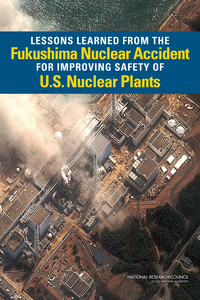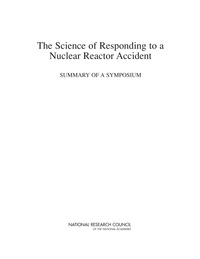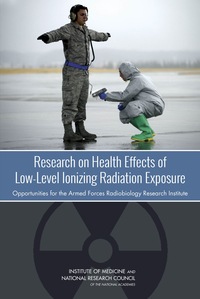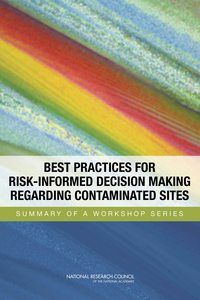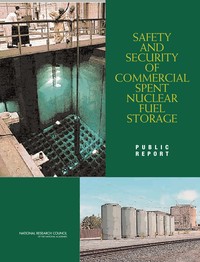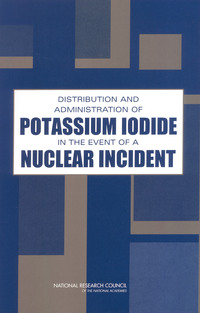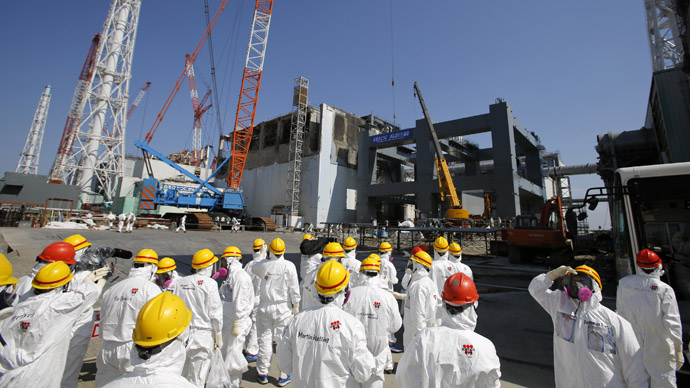
Photo credit: rt.com
Four years ago today, the Great East Japan Earthquake and tsunami initiated a severe nuclear accident at the Fukushima Daiichi Nuclear Power Station. Japan continues to work to recover from the resulting loss of life and infrastructure, as well as the economic and environmental damage. If a crisis of this magnitude occurred on American soil, one that exceeded the design of plant structures and led to a loss of critical safety functions of our nuclear structures, would we be better prepared to handle it? Reports from the National Research Council consider lessons learned from the Fukushima Daiichi disaster and examine the safety of U.S. nuclear plants.
The March 11, 2011, Great East Japan Earthquake and tsunami sparked a humanitarian disaster in northeastern Japan. They were responsible for more than 15,900 deaths and 2,600 missing persons as well as physical infrastructure damages exceeding …
The Science of Responding to a Nuclear Reactor Accident summarizes the presentations and discussions of the May 2014 Gilbert W. Beebe Symposium titled “The Science and Response to a Nuclear Reactor Accident”. The symposium, dedicated in …
It is probably only a matter of time before we witness the next event in which large numbers of people are exposed to ionizing radiation. In the past, planning a response to such an occurrence would have likely focused on the management of …
The Department of Energy’s Office of Environmental Management’s (EM) mission is the safe cleanup of sites associated with the government-led development of nuclear weapons and nuclear energy. While many of these legacy sites have completed …
When a titanic explosion ripped through the Number Four reactor at the Chernobyl Nuclear Plant in 1986, spewing flames and chunks of burning, radioactive material into the atmosphere, one of our worst nightmares came true. As the news gradually …
In response to a request from Congress, the Nuclear Regulatory Commission and the Department of Homeland Security sponsored a National Academies study to assess the safety and security risks of spent nuclear fuel stored in cooling pools and dry …
Radioactive iodines are produced during the operation of nuclear power plants and during the detonation of nuclear weapons. In the event of a radiation incident, radioiodine is one of the contaminants that could be released into the environment. …
